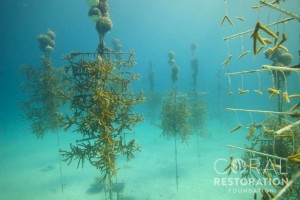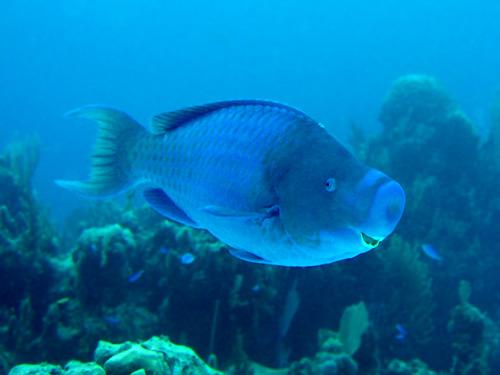Coral restoration is a pretty new idea, and because of that people aren’t completely sure how to tell if it is successful. So, we decided to create our own guideline to use to evaluate the Coral Restoration Foundation and determine if it is a success.
We choose some operational guidelines:
- Does the organization monitor its projects? –> YES
- Does the organization preform regular maintenance on its projects? –> YES
- Does the organization set goals for itself and the work towards fulfilling them? –> YES
- Does the organization have the compliance of the locals –> YES
Then we looked at the scientific side of things to see how the reef itself is affected
- Is the survival rate of the transplanted corals high? –> YES
- Is the growth rate of the transplanted corals high? –> YES
- Have the corals reproduced (spawned) since they were planted? –> YES
Bases on out criteria we can say that the work the Coral Restoration Foundation does is a success!
We determined Success based on information obtained through interviews with individuals working on coral restoration in florida, data published in scientific journals, and information found on websites. Some of this information is provided below:
The three main goals of CRF are:
- Education
- Action
- Results
The CRF also sets internal goals for themselves in the number of corals they would like to plant in a week, a month, and even a year.
CRF carries out both maintenance and monitoring for a minimum of 2 years they have found a high degree of compliance among locals, and have set goals for planting coral numbers which they have far exceeded. They also have education and outreach programs and partnerships with other agencies such as NOAA and the Nature Conservancy.


